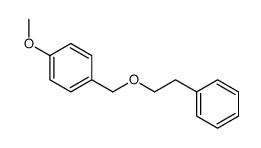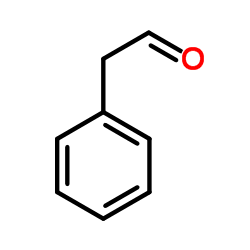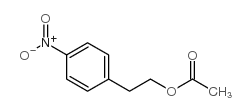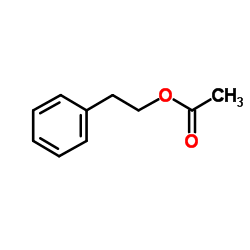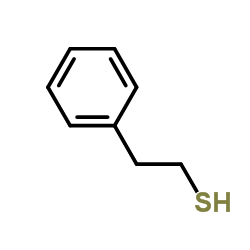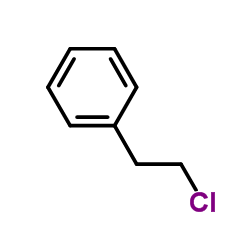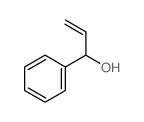60-12-8
| Name | 2-phenylethanol |
|---|---|
| Synonyms |
β-Phenylethyl alcohol
Phenethyl alcohol b-Phenylethanol β-Phenylethanol 3a-Nortropanol 2-Hydroxyethylbenzene (3-endo)-8-Azabicyclo[3.2.1]octan-3-ol hydrochloride (1:1) Phenylethyl alcohol (USP) EINECS 200-456-2 endo-8-azabicyclo(3.2.1)octan-3-ol hydrochloride β-phenylethyl alcoho 8-Aza-bicyclo[3.2.1]octan-3-ol HCl b-pea Nortropin MFCD00002886 (2-Hydroxyethyl)benzene 8-Azabicyclo[3.2.1]octan-3-ol Tropigenin nortropenol phenylethanol β-Phenethyl alcohol b-Phenylethyl alcohol (3-endo)-8-Azabicyclo[3.2.1]octan-3-olato(2-) hydrochloride (1:1) endo-8-Azabicyclo[3.2.1]octan-3-ol nortropan-3endo-ol N-Demethyltropine PEA N-normethyltropine Benzeneethanol Phenyl Ethanol Q2R 3-hydroxy-nortropan NOR-TROPANOL 2-Phenylethanol b-Phenethanol 8-Azabicyclo[3.2.1]octan-3-ol, (3-endo), hydrochloride (1:1) b-Hydroxyethylbenzene β-PEA Tropigenine Phenethylalcohol Phenylethyl alcohol β-Hydroxyethylbenzene |
| Description | 2-Phenylethanol (Phenethyl alcohol), extracted from rose, carnation, hyacinth, Aleppo pine, orange blossom and other organisms, is a colourless liquid that is slightly soluble in water. It has a pleasant floral odor and also an autoantibiotic produced by the fungus Candida albicans[1]. It is used as an additive in cigarettes and also used as a preservative in soaps due to its stability in basic conditions. |
|---|---|
| Related Catalog | |
| References |
| Density | 1.0±0.1 g/cm3 |
|---|---|
| Boiling Point | 218.2±8.0 °C at 760 mmHg |
| Melting Point | −27 °C(lit.) |
| Molecular Formula | C8H10O |
| Molecular Weight | 122.164 |
| Flash Point | 102.2±0.0 °C |
| Exact Mass | 122.073166 |
| PSA | 20.23000 |
| LogP | 1.36 |
| Vapour density | 4.21 (vs air) |
| Vapour Pressure | 0.1±0.5 mmHg at 25°C |
| Index of Refraction | 1.536 |
| Stability | Stable. Substances to be avoided include strong acids and strong oxidizing agents. Combustible. |
| Water Solubility | 20 g/L (20 ºC) |
CHEMICAL IDENTIFICATION
HEALTH HAZARD DATAACUTE TOXICITY DATA
MUTATION DATA
|
| Symbol |

GHS07 |
|---|---|
| Signal Word | Warning |
| Hazard Statements | H302-H319 |
| Precautionary Statements | P301 + P312 + P330-P305 + P351 + P338 |
| Personal Protective Equipment | Eyeshields;Faceshields;full-face respirator (US);Gloves;multi-purpose combination respirator cartridge (US);type ABEK (EN14387) respirator filter |
| Hazard Codes | Xn:Harmful |
| Risk Phrases | R21/22;R36/38 |
| Safety Phrases | S26-S28-S36/37-S36/37/39 |
| RIDADR | UN 2810 6.1/PG 3 |
| WGK Germany | 1 |
| RTECS | SG7175000 |
| Packaging Group | III |
| Hazard Class | 6.1 |
| HS Code | 2906291000 |
| Precursor 10 | |
|---|---|
| DownStream 10 | |
| HS Code | 2906291000 |
|---|---|
| Summary | HS:2906291000 2-phenylethanol VAT:17.0% Tax rebate rate:9.0% Supervision conditions:none MFN tariff:5.5% General tariff:30.0% |


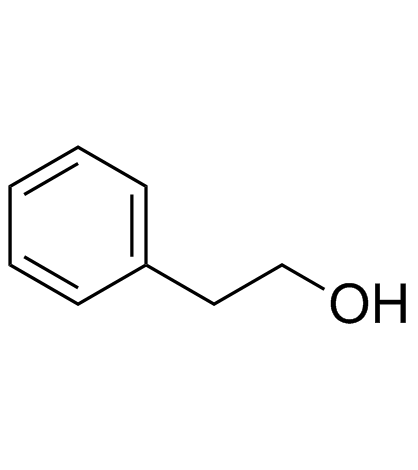

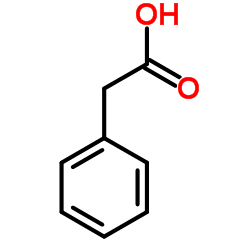
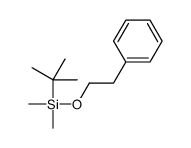


![[2-(Trimethylsiloxy)ethyl]benzene structure](https://image.chemsrc.com/caspic/393/14629-58-4.png)

